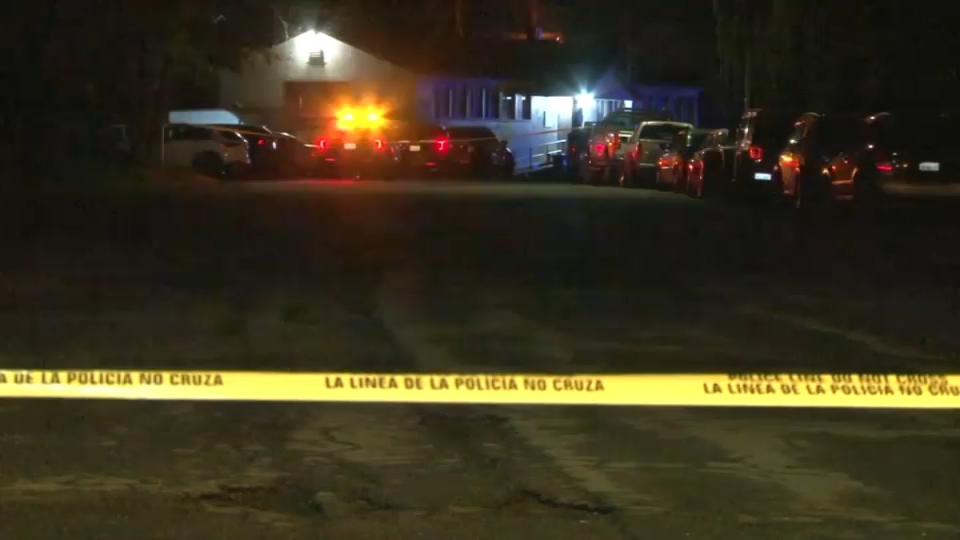The numbers are pretty clear on this: planes are striking birds more than ever before. Bird vs. plane sounds like an unfair match, but when a commercial airliner strikes a bird in the sky, it's a major safety risk. The birds can get sucked into an engine, tearing up fan blades and even causing engine failure. Solutions exist, but the US has been slow to adopt them.
The most famous birdstrike in recent memory has to be the US Airways Flight that went down in New York in 2009. The flight struck a flock of geese as it took off from LaGuardia Airport in New York City. After pilot Chesley "Sully" Sullenberger of Danville, Calif. managed to safely land the plane on the Hudson river without a single life lost, media started referring to it as the "Miracle on the Hudson."
The event was incredible, but it was actually a pretty typical birdstrike scenario. Birdstrikes tend to occur during takeoff or landing when the planes are lower and closer to where birds tend to congregate. Strikes happen a lot more than most people might realize. According to FAA data, there were 10,856 recorded birdstrikes in 2013. That's almost double from 2003, just 10 years before (5,886 strikes).
It's a troubling number and the context around it doesn't help. There isn't, for instance, a rise in bird populations. The Audubon reported that common North American bird populations have been declining for 40 years, with most species losing half of their numbers. In fact, vertebrate animals have been in decline in general the world over, according to a recent report from the World Wildlife Federation. Finally, it's true that we fly more than we used to, but commercial flights have actually leveled off in recent years while bird and wildlife strikes just keep on increasing:
Local
An SFO spokesperson told NBC Bay Area that airfield safety officers do everything from eliminating nesting areas, ponds and food sources, to deploying a fake coyote to scare off flocks of birds. Bay Area Airports admitted that they even shoot the birds out of the sky.
Neither the shooting, nor the non-lethal methods seem to be working, especially at San Jose International, where birdstrikes have risen above the national average in recent years:
Shooting birds at airports is a controversial practice. Last year, a peregrine falcon was shot at SFO. The peregrine was removed from the endangered list in 2009 but remains on California's Fully Protected list today.
The NBC Bay Area Investigative team recently highlighted an innovative new "avian radar" that can spot birds in the area before they become a threat.
Avian radar can spot and even predict the presence of large birds around airports. The system is already being successfully used by NASA, the military, and in countries around the world. Still the FAA has yet to install the technology at commercial airports here domestically.
Two Congressmen, Joseph Crowley(D-NY) and Jim Moran (D-Va) are pushing the FAA to adopt the technology, which is used in several other countries, but only two airports in the US:
“We ought to use the technology that’s available,” Moran said. “Other countries have figured out how to deal with this but here in the United States all we do is say let’s go kill all the birds? Its ineffective and frankly its inhumane.”



